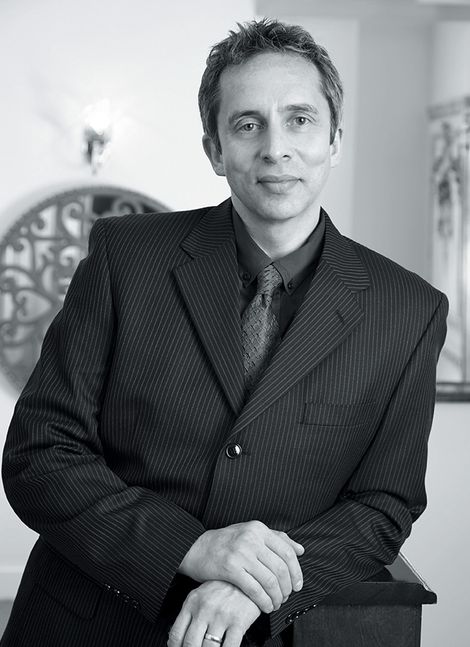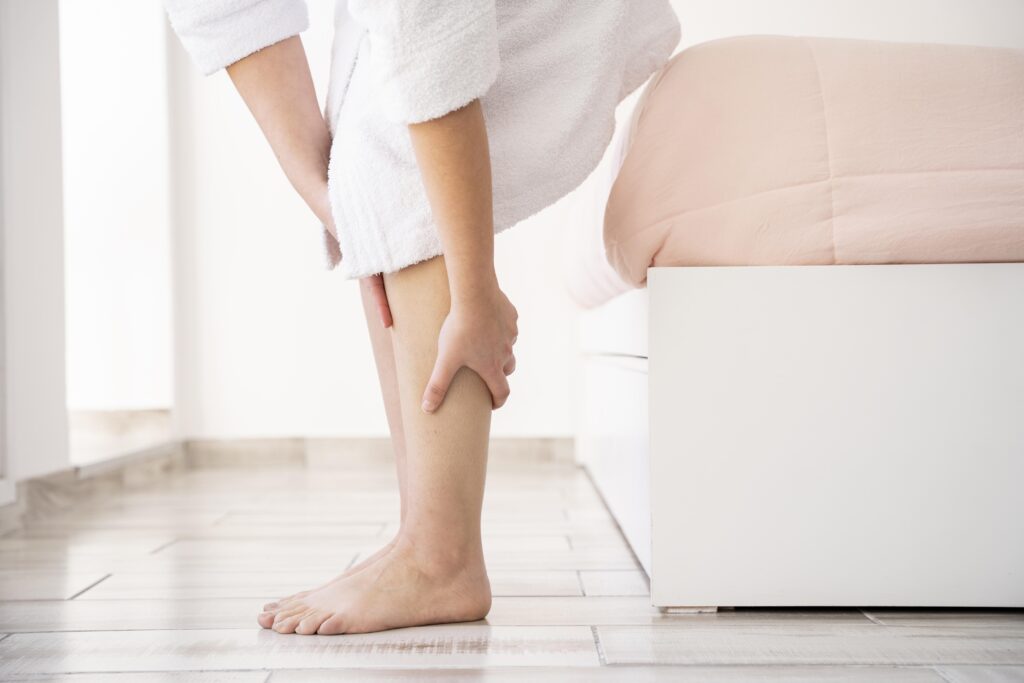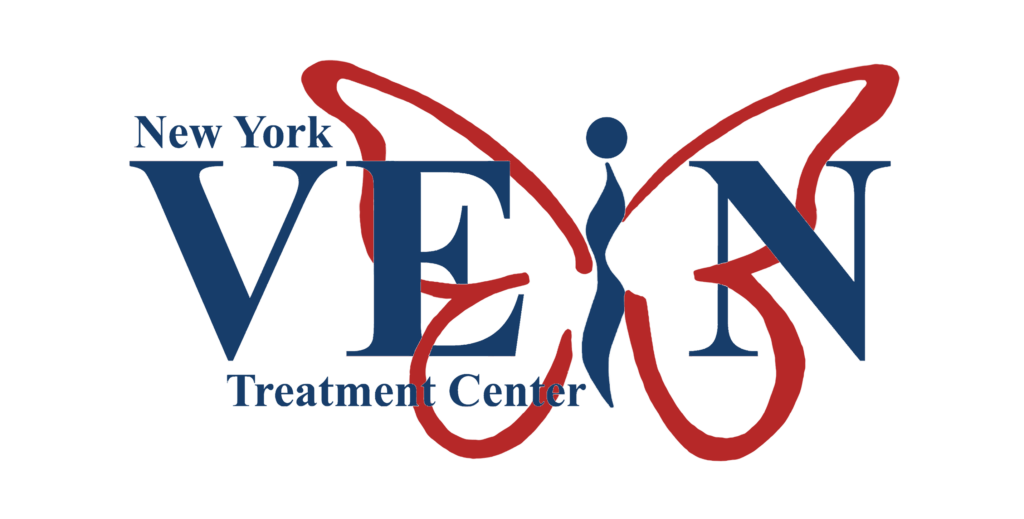Do you know what venous ulcers are? Most of us are familiar with stomach ulcers and the pain and discomfort associated with this condition. Venous ulcers are just as painful and often occur on our legs.
In fact, venous ulcers are the most common ulcers that develop on the legs. We see venous ulcers at the New York Vein Treatment Center all too often. While many try to treat these ulcers themselves, it’s important to know how venous ulcer doctors can help.
Here are some facts about venous ulcers and how to treat them.
What are venous ulcers?
Venous ulcers are wounds created when your vein’s valves are damaged or no longer work.
Causes
When your vein’s valves become damaged, blood struggles to make it back to your heart. This leads to stagnation and blood pooling in your veins and legs. Over time, this pooling blood strains your veins and the surrounding skin.
Chronic Venous Insufficiency
Chronic venous insufficiency occurs when the vein valves in your feet and legs become damaged. This damage inhibits the valve’s ability to pump blood back to the heart, causing the blood to pool.
When blood can’t properly circulate, oxygen fails to reach the damaged areas. When this happens, inflammation progresses as your skin and soft tissues become damaged. The damaged tissues lead to ulcer formation.
Varicose Veins
Sometimes, but not always, chronic venous insufficiency creates varicose veins. Varicose veins appear as blood pools in these veins. The process is similar in that the pooling blood leads to strain and lack of oxygen. In essence, varicose veins have the potential to form ulcers.
How do I know if I have venous ulcers?
Venous ulcers present different symptoms depending on severity and progression.
Before a visible wound appears, you may notice preliminary symptoms:
• Swollen ankles
• Cracked or dry skin
• Discolored skin
• Hardened skin
• Sensations of pain, itching, or burning
• Heavy leg feelings
• Appearance of varicose veins
When left untreated, more alarming symptoms develop:
• Oozing wounds
• Random bleeding
• Strange odors
When these symptoms appear, consult a venous ulcer doctor immediately. Venous ulcers don’t heal without proper treatment.
How are venous ulcers treated?
When venous ulcers form, it’s essential to seek medical treatment immediately. While waiting to get into your doctor, you can dress the wound to help guard against infection:
• Clean the affected area frequently
• Use topical antibiotic ointments
• Dress or cover the wound
Venous Ulcer Treatment
At New York Vein Treatment Center, we treat leg ulcers by targeting the causes of vein disease. By relieving the pressure and pooling blood, oxygen is restored, and your ulcer begins to heal.
Ednovenous Lasor Therapy (ELVA)
Through the use of ultrasound, a wire inserted into the damaged vein uses thermal pulses to seal the vein. Blood is then diverted to healthier veins to relieve the pooling and pressure. This action begins the healing process of your venous ulcer.
Compression Therapy
The doctor may have you wear compression stockings to support your veins’ functions in circulating blood back to your heart. This keeps blood from pooling, lowering your risks of developing clots such as deep vein thrombus (DVT).
Antibiotics
An oral antibiotic may be prescribed if the doctor feels that your venous ulcer is infected.
Leg Elevation
While healing, your doctor may have you elevate your leg at home. This involves raising your leg above your heart to relieve the pressure in your leg and foot.
In some cases, damaged tissue is removed to induce healing. Most doctors use laser surgery to perform this procedure.
ELVA has high success rates when treating venous ulcers. Up to 98% of patients fully healed with one ELVA procedure.
Once healed, the chances of the ulcer returning are greatly diminished.
How long does it take to heal a venous ulcer?
Most venous ulcers heal within 3 to 4 months with proper medical treatment. Healing time is dependent on the patient’s overall health and post-treatment compliance.
How do I prevent venous ulcers?
Preventing venous ulcers is particularly important for people with prior histories of forming venous ulcers. Trying specific lifestyle changes can be beneficial:
• Wearing compression socks
• Losing weight when overweight
• Exercising regularly
• Elevating your leg when possible
Where can I find a venous ulcer doctor?
Our venous ulcer doctor, Dr. Khitin, has successfully treated vein disorders at New York Vein Treatment Center since 2007. His decades of cardiovascular experience ensure your tailored treatment gives you the best success at returning to your everyday life.
Contact us today to schedule your appointment.

Dr. Lev Mark Khitin, a leading cardiovascular and thoracic surgeon, is the founder of the New York Vein Treatment Center. With almost 20 years of experience and over 20,000 successful vein procedures, he is a renowned expert in the diagnosis and treatment of venous disease. Dr. Khitin’s patient-centered approach and advanced surgical skills have consistently delivered excellent results, making him a prominent figure in the field.


